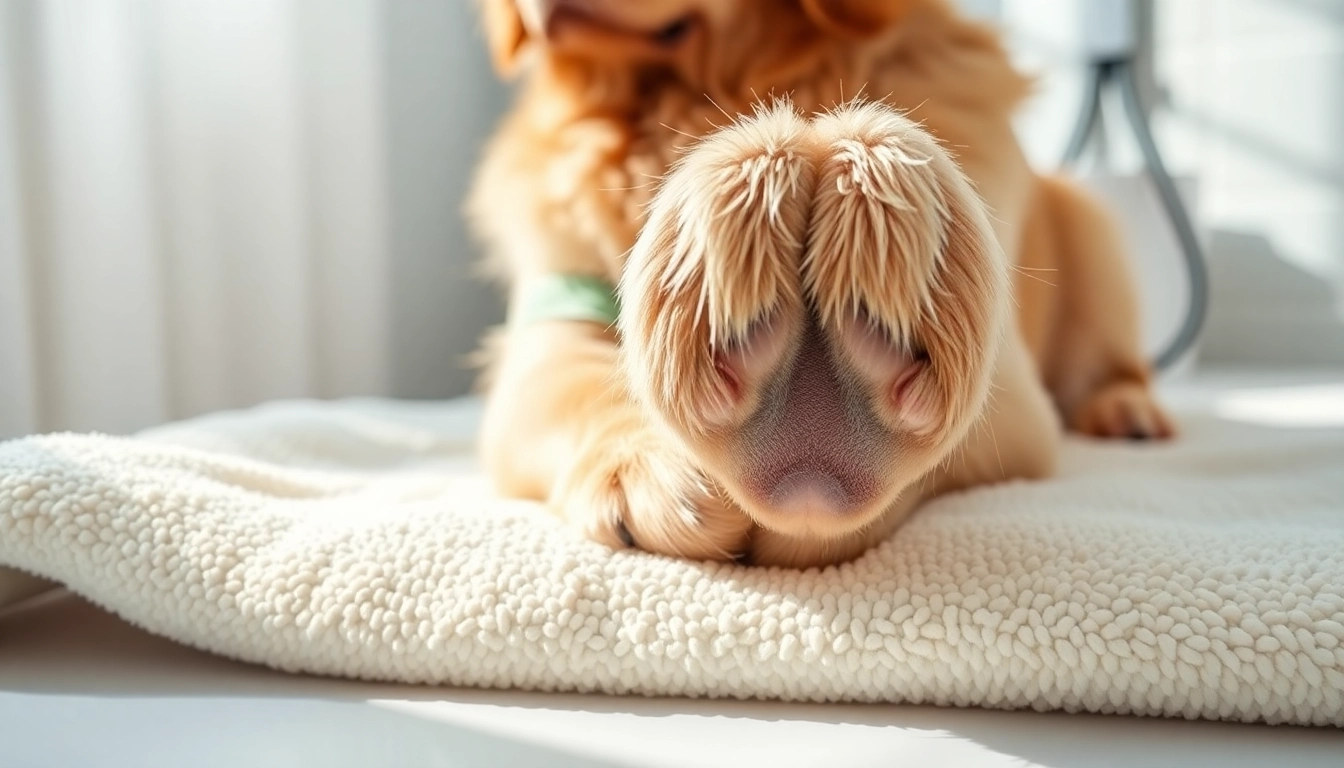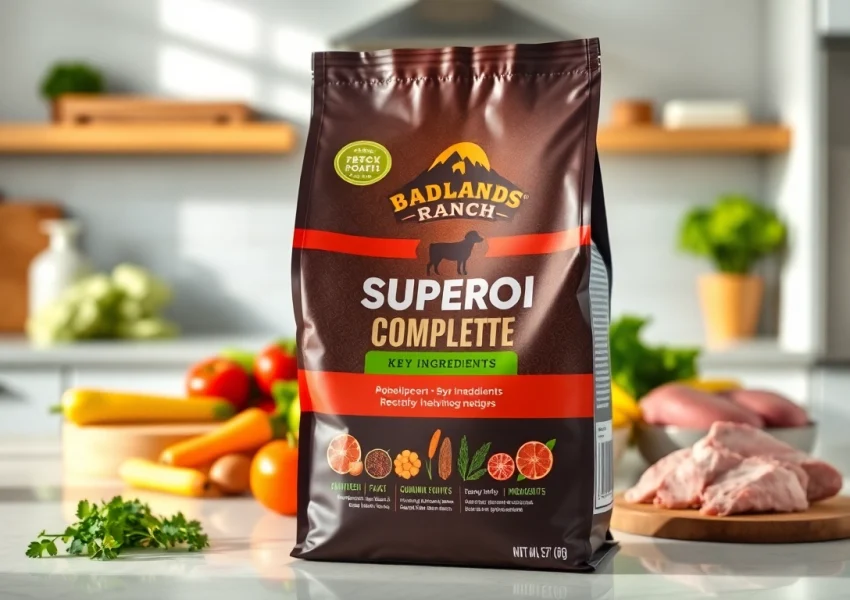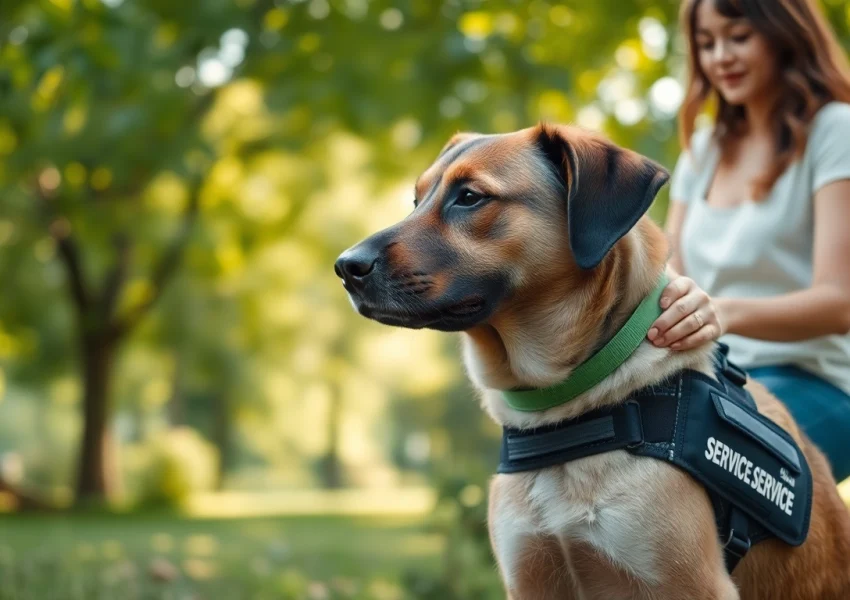Understanding the Need for a Dog Paw Cleaner
As pet owners, ensuring our dogs’ well-being extends beyond a regular diet and exercise; it also includes maintaining their hygiene. One often-overlooked area is their paws. The necessity of a dog paw cleaner comes from the potential for dirt, allergens, and harmful substances to accumulate on your furry friend’s feet. Understanding the importance of cleaning your dog’s paws can lead to healthier practices and a happier, more comfortable pet.
Why Clean Paws Matter for Your Dog’s Health
Dogs face a myriad of environmental elements every day, from mud and dirt to bacteria and allergens. Clean paws are crucial for several reasons:
- Health Risks: Debris can carry harmful bacteria that may lead to infections or irritations. Regular cleaning lowers these risks.
- Allergies: If your dog suffers from allergies, cleaning their paws can help remove allergens that may trigger reactions.
- Comfort: Just like humans, dirt and debris can cause discomfort to pets, leading to behaviors like licking or chewing at their paws.
Common Types of Dirt Found on Dog Paws
When it comes to cleaning your dog’s paws, it’s important to understand what you’re dealing with. Here are common types of dirt and debris you might find:
- Mud and Soil: These are prevalent during outdoor adventures and can easily pack into the grooves of your dog’s paws.
- Sand: Beach days can leave your dog with sandy paws that can irritate their skin.
- Ice and Snow: In colder climates, salt and ice can cause paw irritation. Cleaning them can help prevent painful cracking.
- Pollen and Other Allergens: Seasonal allergies can be exacerbated by pollen caught in your dog’s fur and paws.
How Often Should You Clean Your Dog’s Paws?
The frequency of cleaning your dog’s paws depends on several factors including their activity level, the environment in which they spend time, and any specific health concerns:
- Daily Cleanings: For dogs that frequently go outside, especially in dirty or salt-treated areas.
- After Outdoor Activities: If your dog has been in muddy or sandy areas.
- Regular Inspections: Even if you don’t clean them every day, regularly inspect their paws for debris, injuries, or irritation.
Choosing the Right Dog Paw Cleaner
Now that you understand why cleaning your dog’s paws is important, the next step is to choose the right cleaning solution. There are various products available, and making an informed choice can simplify the cleaning process.
Types of Dog Paw Cleaners Available
The variety of dog paw cleaners available in the market can be categorized mainly into:
- Paw Cleaning Devices: These are specially designed cleaners that often utilize water and a brushing mechanism.
- Wipes: Convenient and easy to use, wipes can quickly remove dirt and allergens.
- Shampoos and Soaps: A more traditional approach that requires water but provides thorough cleaning.
- DIY Solutions: Homemade cleaners can also be effective, using natural ingredients that are safe for dogs.
Key Features to Look for in a Dog Paw Cleaner
When selecting a dog paw cleaner, consider these features:
- Ease of Use: Look for cleaners that are simple and quick to use, especially if your dog is fidgety.
- Non-Toxic Ingredients: Ensure that any commercial cleaner you use is formulated with pet-safe ingredients.
- Effectiveness: The cleaner should effectively remove debris and dirt without irritants.
- Size and Portability: If you travel with your dog, consider a cleaner that is compact and easy to carry.
Comparing DIY Solutions vs. Commercial Products
Choosing between DIY solutions and store-bought products depends on personal preference, budget, and your dog’s specific needs. Here’s a breakdown:
- DIY Solutions: Often more cost-effective, DIY solutions can utilize ingredients like vinegar and water or baking soda for cleaning. However, creating a suitable formula may require some trial and error.
- Commercial Products: While they may cost more, these products are specifically designed for effective cleaning and usually come with the assurance of safety standards.
Effective Ways to Use a Dog Paw Cleaner
Once you have chosen the right cleaner, understanding how to use it effectively can make a significant difference in your dog’s hygiene routine.
Step-by-Step Guide to Cleaning Your Dog’s Paws
Follow these steps to ensure a comprehensive cleaning process:
- Gather Supplies: Have your paw cleaner handy, along with a towel and treats for your dog.
- Calm Your Dog: Ensure your dog is relaxed. Use soothing words or offer treats to help them feel at ease.
- Apply Cleaner: Depending on the type of cleaner, apply it as directed. For devices, place the paw inside and activate. For wipes or sprays, apply directly to the paw.
- Wipe Thoroughly: Ensure that you clean between the toes and pads, where dirt often gathers.
- Dry Off: Use a towel to dry the paws to prevent slipping, especially in icy conditions.
- Reward Your Dog: Offer praise and a treat after the cleaning process to associate it with positive experiences.
Tips for Keeping Your Dog Comfortable During Cleaning
Ensuring your dog is comfortable will make the cleaning process smoother:
- Choose the Right Time: Pick a time when your dog is calm, perhaps after a long walk or play session.
- Desensitization: If your dog is anxious about having their paws handled, practice gentle touch and handling around their paws at other times.
- Make It Fun: Incorporate play into the routine, so your dog starts associating paw cleaning with fun activities.
Frequency and Timing for Optimal Results
Similar to other aspects of pet care, consistency is key. Regular cleaning, especially after outdoor activities or during allergy seasons, ensures that your dog’s paws remain healthy and safe:
- Post-Walk Checks: Inspect and clean their paws every time they come back from a walk.
- Seasonal Considerations: Increase cleaning during seasons with high pollen or when walking in snow and salt-treated areas.
Maintaining Your Dog’s Paw Hygiene
A dog paw cleaner is just one part of moderating your dog’s overall hygiene. Ongoing maintenance is essential for ensuring healthy and comfortable paws.
Signs of Paw Issues to Look Out For
Being proactive helps in avoiding severe problems:
- Excessive Licking or Biting: This could indicate irritation or discomfort.
- Redness or Swelling: Any visible signs of inflammation should warrant an examination.
- Paw Pad Cracking: Look for cracks or splits, which could lead to infection if left untreated.
Integrating Paw Cleaning into Your Routine
Making paw cleaning a habit is easier when it’s incorporated into your daily or weekly routines:
- Pair with Existing Routines: Incorporate paw cleaning with existing grooming routines like brushing or bathing.
- Set Reminders: Use calendar alerts or notes around the house to remind you to check your dog’s paws regularly.
Beyond Cleaning: Grooming Tips for Healthy Paws
Aside from regular cleaning, consider these additional grooming practices:
- Nail Trimming: Keep nails trimmed to prevent injury and discomfort.
- Regular Haircuts: For long-haired breeds, keep fur around the paws trimmed to prevent matting.
- Moisturizing: Use dog-friendly paw balms to prevent cracking due to environmental stressors.
Benefits of Regular Paw Cleaning for Dogs
The advantages of maintaining your dog’s paw hygiene extend beyond aesthetics and can significantly impact their overall health and well-being.
Preventing Health Problems through Cleanliness
Regular cleaning can effectively minimize health issues such as:
- Infections: Regular removal of dirt and bacteria reduces the likelihood of paw infections.
- Allergic Reactions: Cleansing paws frequently helps minimize allergic reactions to potential environmental allergens.
Enhancing Your Dog’s Comfort and Quality of Life
When your dog is comfortable, they are happier, which translates to a better quality of life. Clean paws help prevent irritation and discomfort, allowing your furry friend to enjoy their activities freely.
Reducing Allergens in Your Home Environment
A clean dog contributes to a cleaner home. By regularly cleaning their paws, you can also reduce the amount of dirt, dust, and allergens brought into your living space, benefiting all family members, including those with allergies.
In conclusion, incorporating a dog paw cleaner into your pet care routine is crucial for maintaining your dog’s overall health and happiness. By understanding the importance of clean paws, choosing the right cleaner, and establishing a regular cleaning routine, you can significantly improve your dog’s quality of life while preventing potential health issues. Remember, clean paws are happy paws!






